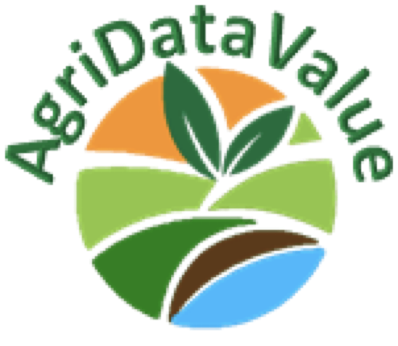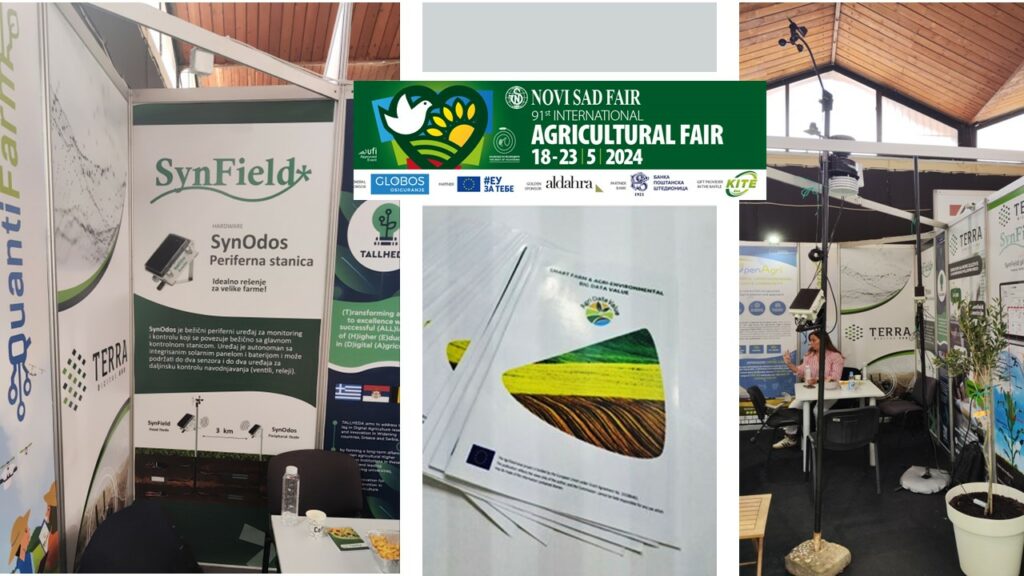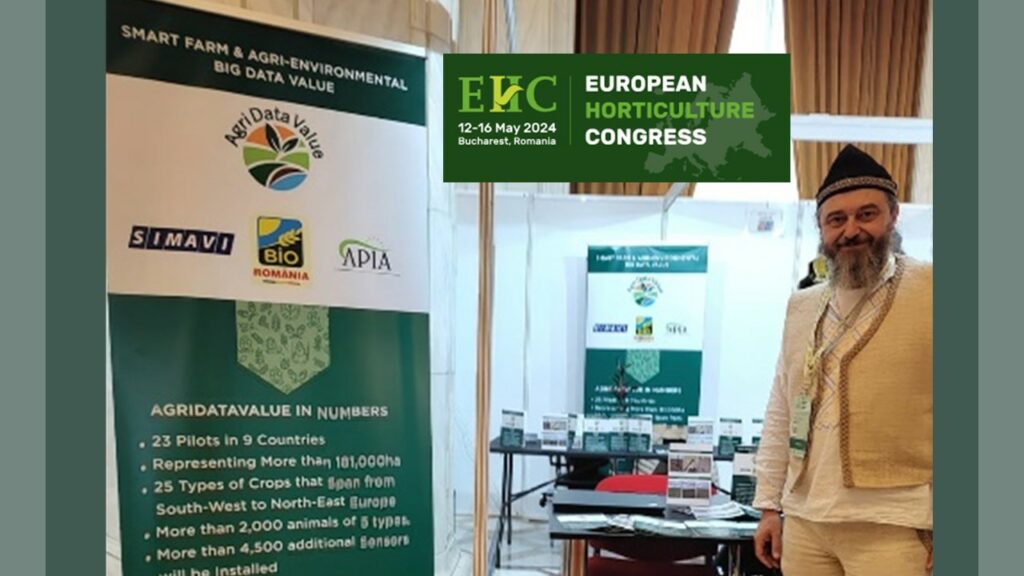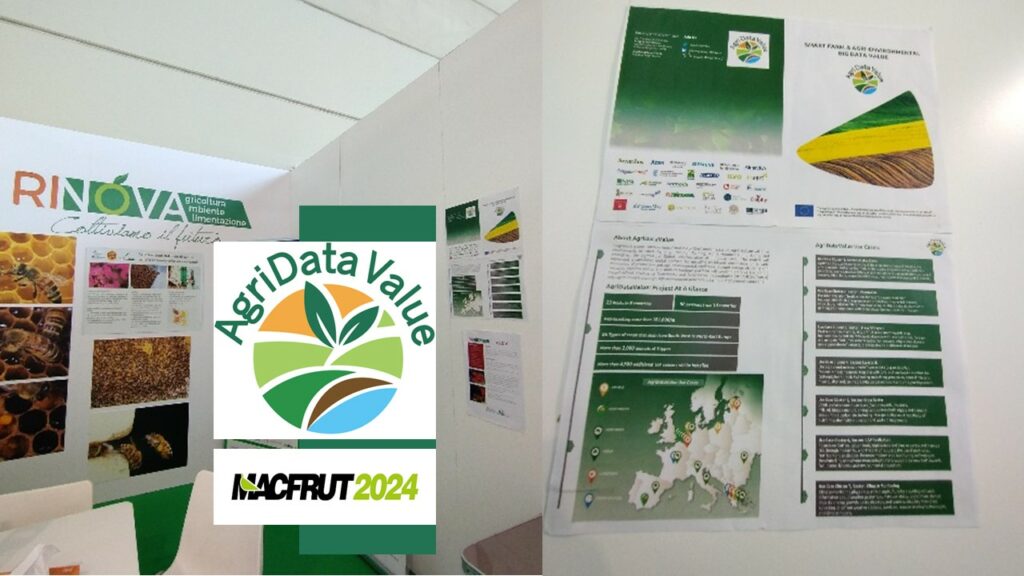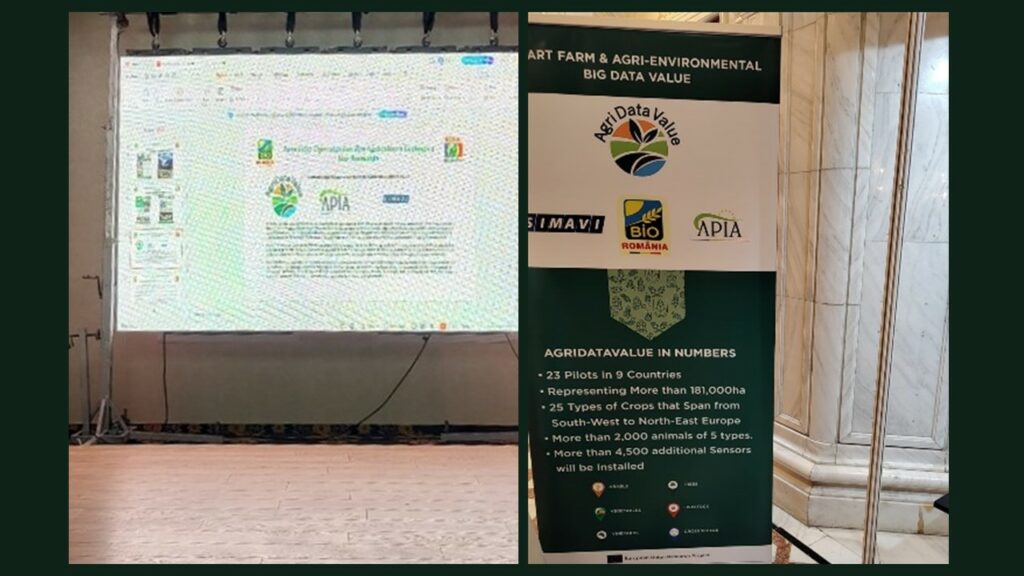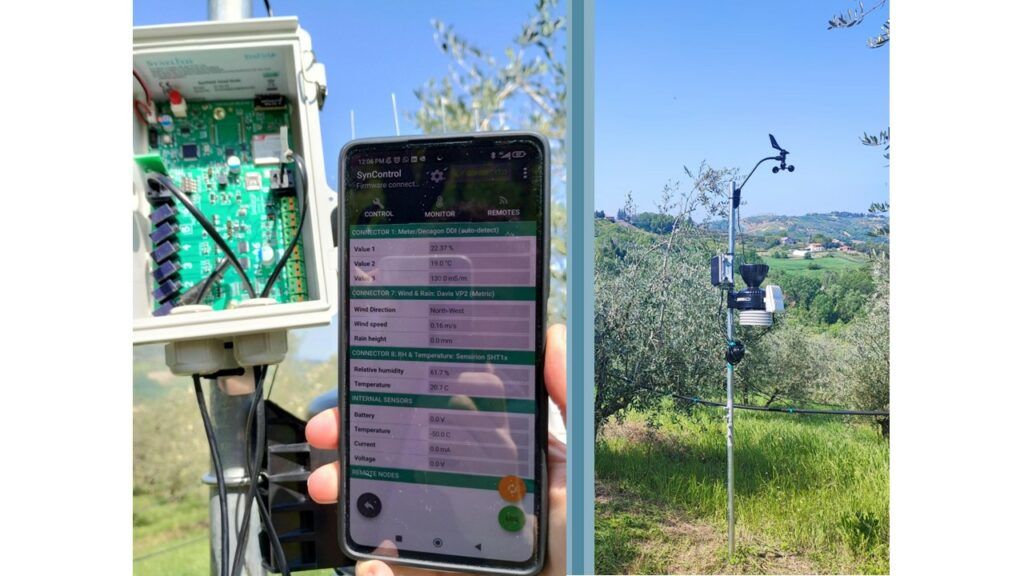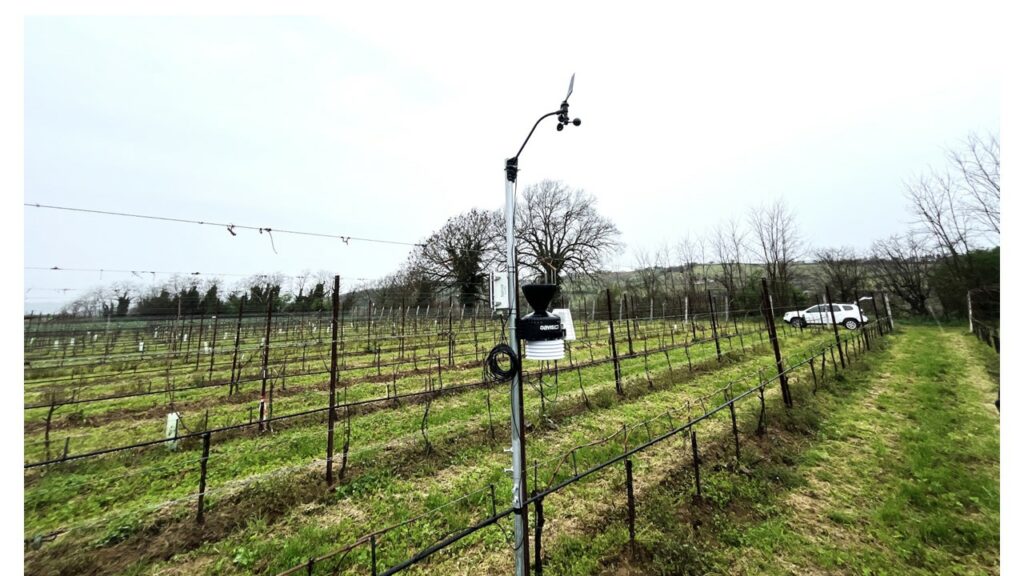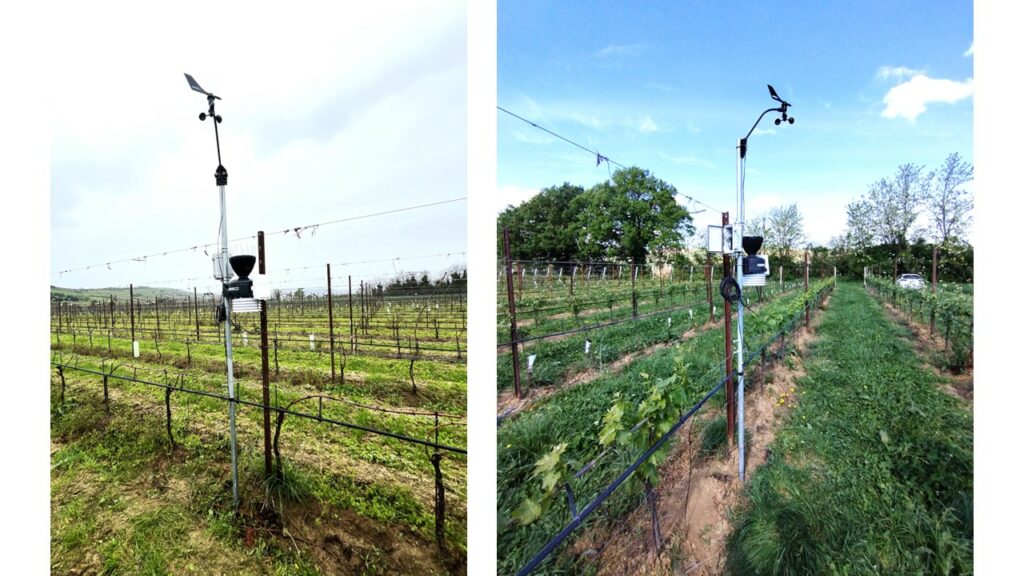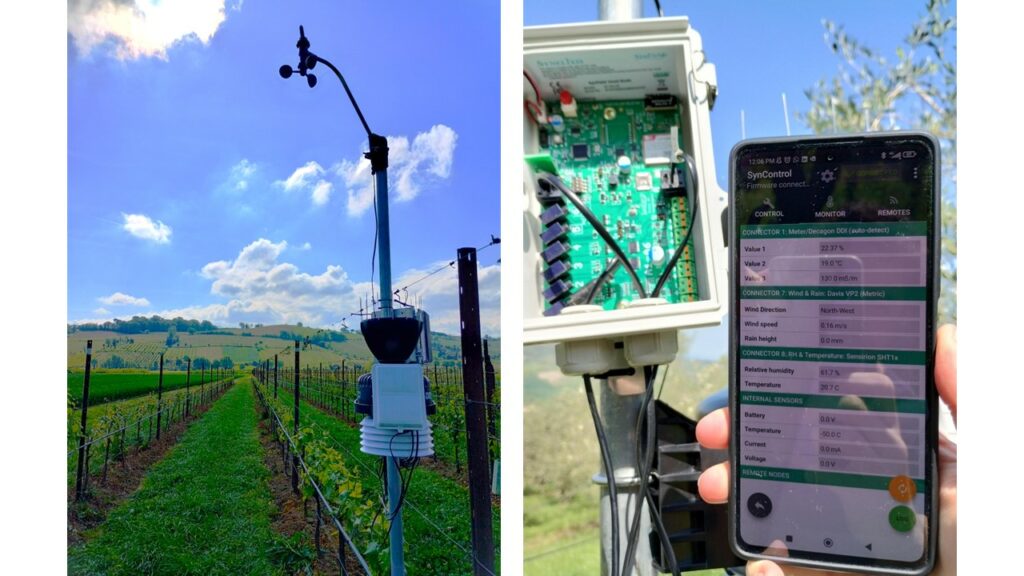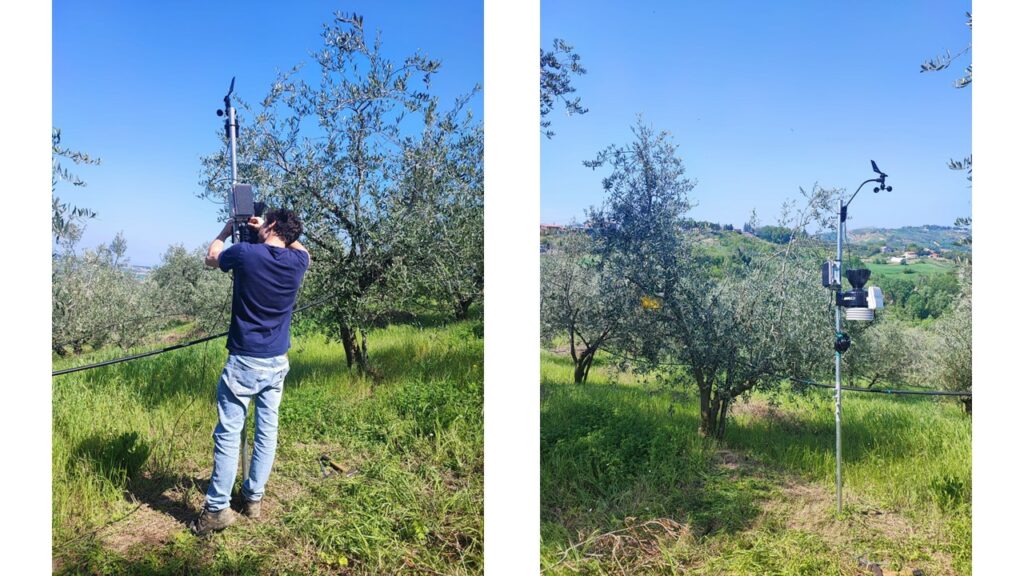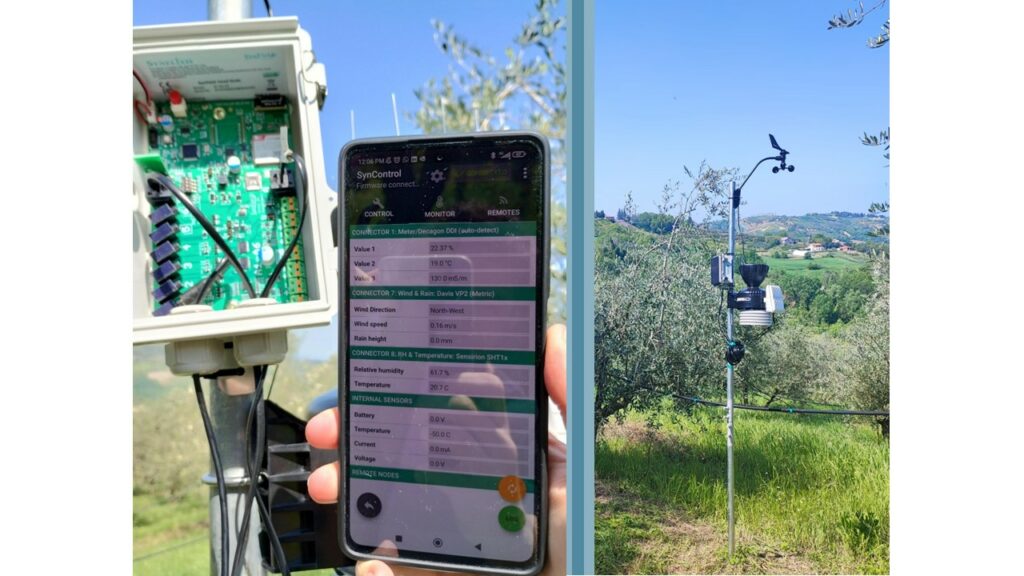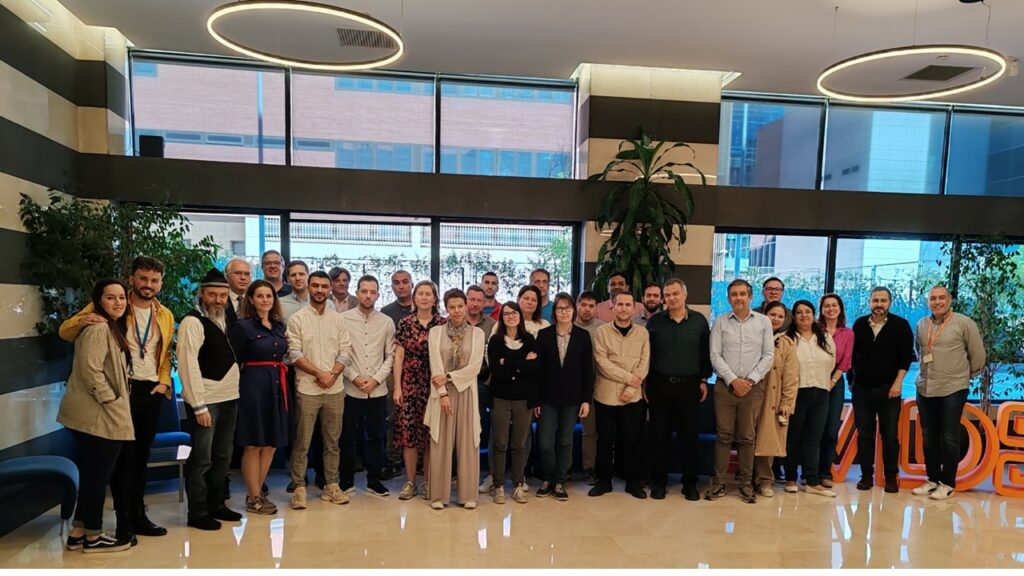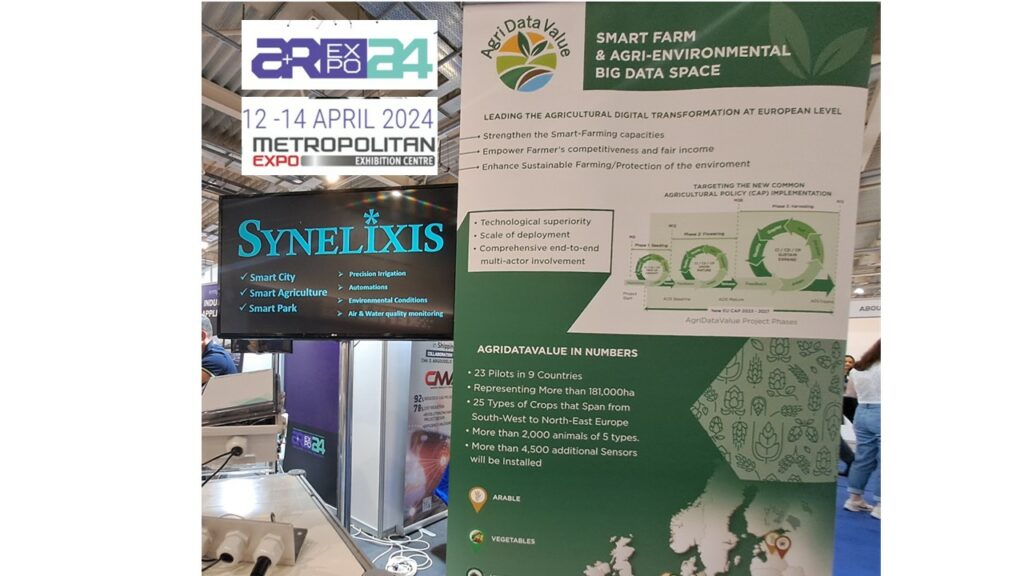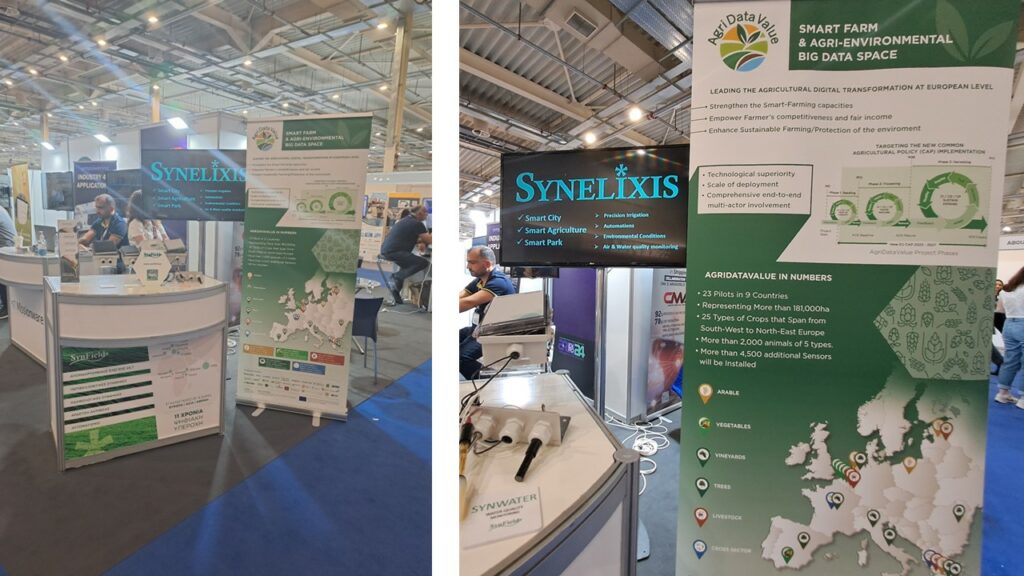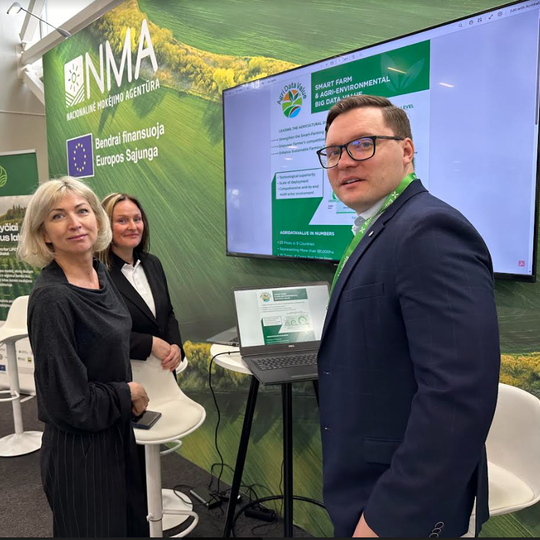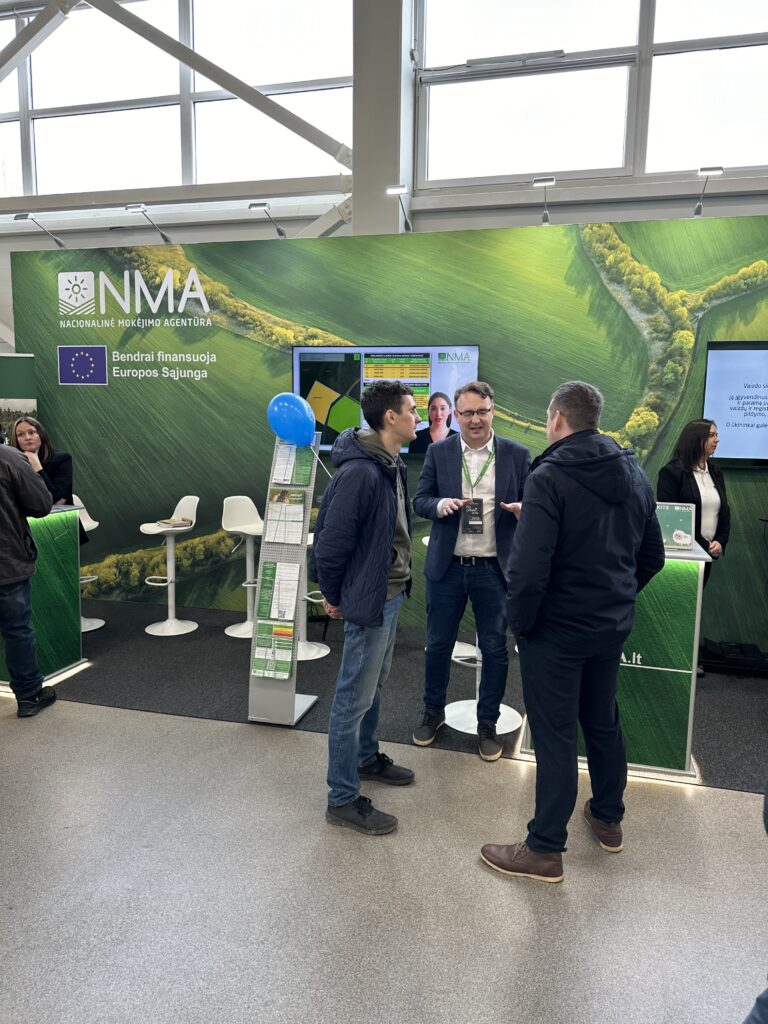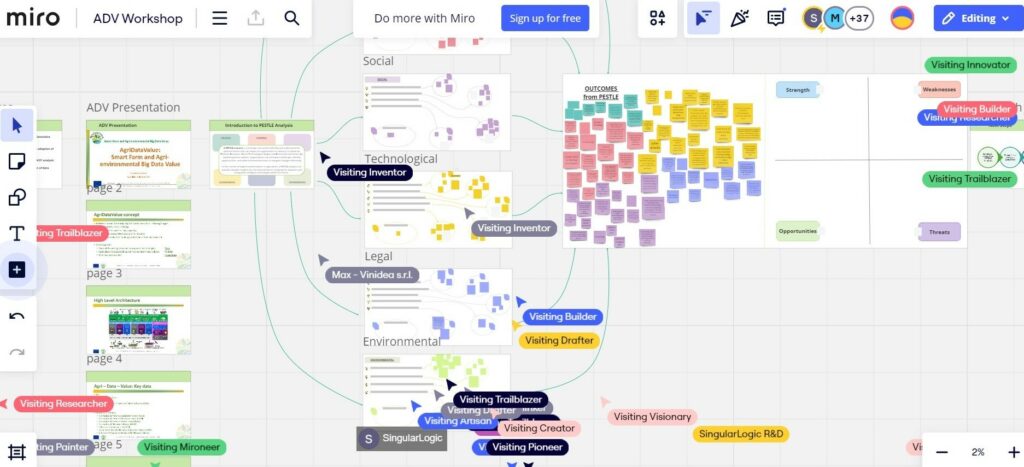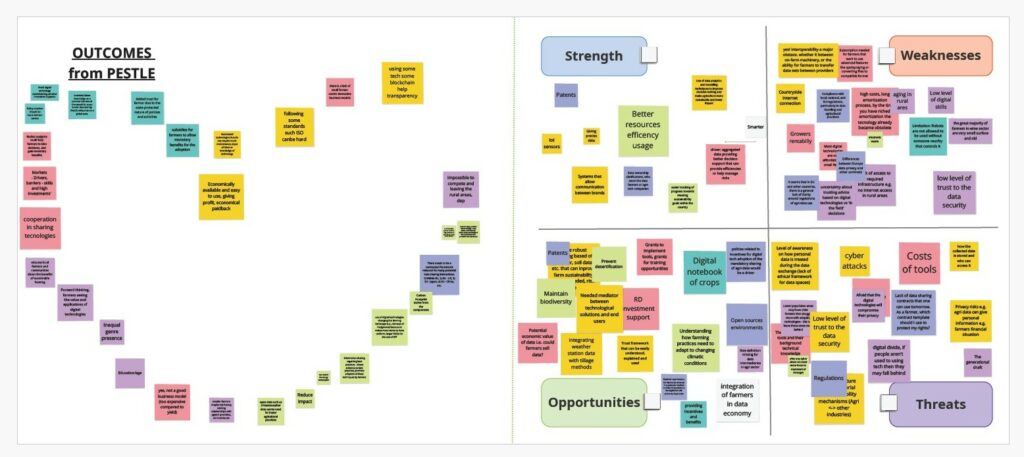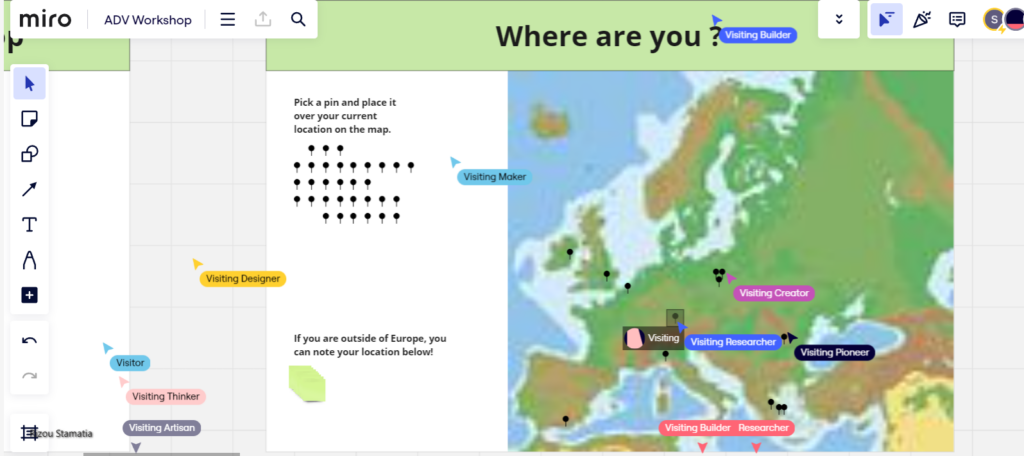On 21-23 March 2024 the 28th international exhibition “Ką pasėsi…2024” invited the agricultural community and those who are interested in agriculture to come to the Academy of Agriculture to find out about the changes in agribusiness in one year‘s time. It was an excellent opportunity for participants to showcase a wide variety of novelties introduced in their field, to chat with colleagues, and to see first-hand the achievements of their partners and competitors. The visitors had an opportunity to choose from a wide range of products and services that best meet their needs. In the educational programme of the exhibition, researchers and practitioners shared their accumulated knowledge and experience. Traditionally, there was a fair of crafts and seedlings.
Among the numerous themes of the exhibition, dedicated to novel agricultural machinery, equipment, drones, construction, tools, plant protection products, seeds, etc., the theme represented by the National Paying Agency (NPA) was about digital technologies for agriculture.
The NPA stand was very popular among the exhibition visitors. Among the visitors there were farmers, representatives of farmers’ associations, policy makers, representatives of academia, agricultural consultants, sellers of agricultural machinery and smart farming equipment, as well as sellers of agricultural land insurance.
The AgriDataValue project was of special interest among the NPA stand visitors due to the project‘s comprehensive and multidisciplinary approach to address complex issues, including smart farming. Questions were asked about smart agriculture and the use of new technologies aiming to reduce farm operational costs and contribute to environmental goals. Lithuanian farmers are looking for opportunities to modernize the available technologies and increase the competitiveness of their farms. For that purpose, it is necessary to understand the operation of innovative technologies, to choose the necessary solutions and tools. The acquisition of new technologies requires a support mechanism that would accelerate modernization.
AgriDataValue, which comprises clusters devoted to arable crops, livestock, vegetables, trees and vineyards, climate mitigation, cross-sector, covers also a cluster on Common Agricultural Policy. It is about real-time input for pilot (satellite images, data sensors, weather forecast) and bringing forward modern crop monitoring technologies, such as: automatic pixel classification of satellite images, automatic processing of data received from in-situ sensors, weather forecast, in order to help the farmers to make faster and more efficient decisions in the distribution of inputs and treatment on their crops.
AgriDataValue, a pioneering initiative in Smart Farming, focuses on several multidisciplinary branches in the sector of agriculture, a fundamental one that embraces Agri-climate monitoring to comprehensively analyze the impacts of climate change on agricultural and livestock productions.
By harnessing the power of advanced technologies such as Big Data, IoT sensors, Explainable Artificial Intelligence (XAI), and Federated deep machine learning (FDML), AgriDataValue aims to create a fully distributed Agri-Environment Data Space (ADS) as the platform of data platforms in the field.


